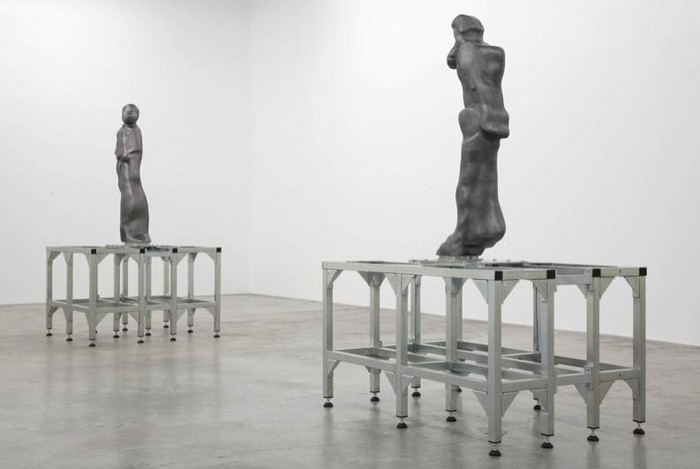Giuseppe Gabellone
17 Jan - 07 Mar 2009
Ubik, one of Philip K. Dick’s most complex science-fiction novels, and one of the most harrowing books ever written about the perception of time, describes a reality that gives way under the feet of the book’s characters, caught in a time-frame that is breaking up and reverting to the past. The objects around them are deteriorating and seem gripped by a kind of reversion of matter, a collective hallucination and “phantasmagoric counterpart” of the real world, engendering general suspicion towards it. This is the kind of feeling we get when looking at Giuseppe Gabellone’s works: the sensation of a reality giving way, like a rug suddenly pulled out from under the onlooker’s feet. Their unusual, heterogeneous quality, combined with the use of technical procedures (at times old-fashioned and craftsmanlike, at others extremely sophisticated, which nevertheless remove any manual trace or sign of virtuosity and ultimately suggest things that seem always to have existed) leads to a loss of landmarks and references, and to the question of knowing in what precise way these works are “contemporary”. Where do they come from? Francesco Bonami refers to their “unknown origin”?1 and, in fact, one of their qualities is that they are strictly “undatable”, and have an extremely aloof relationship with present time – the time of the viewer’s experience – and a calculated defiance where interpretation is concerned.

